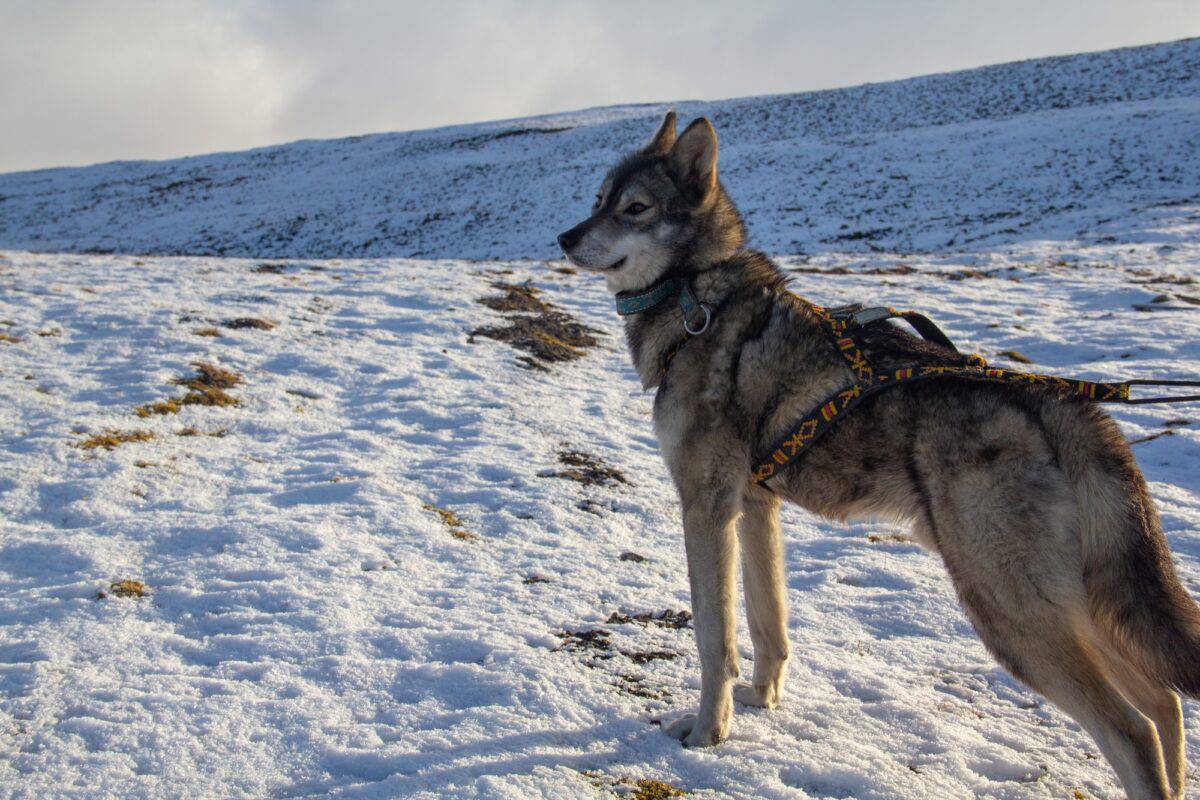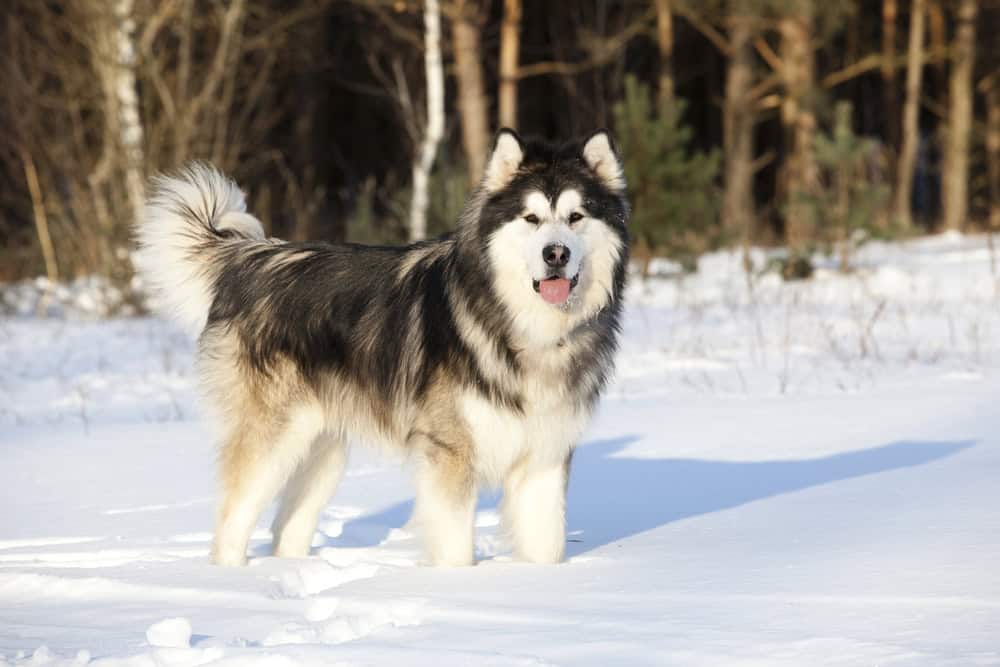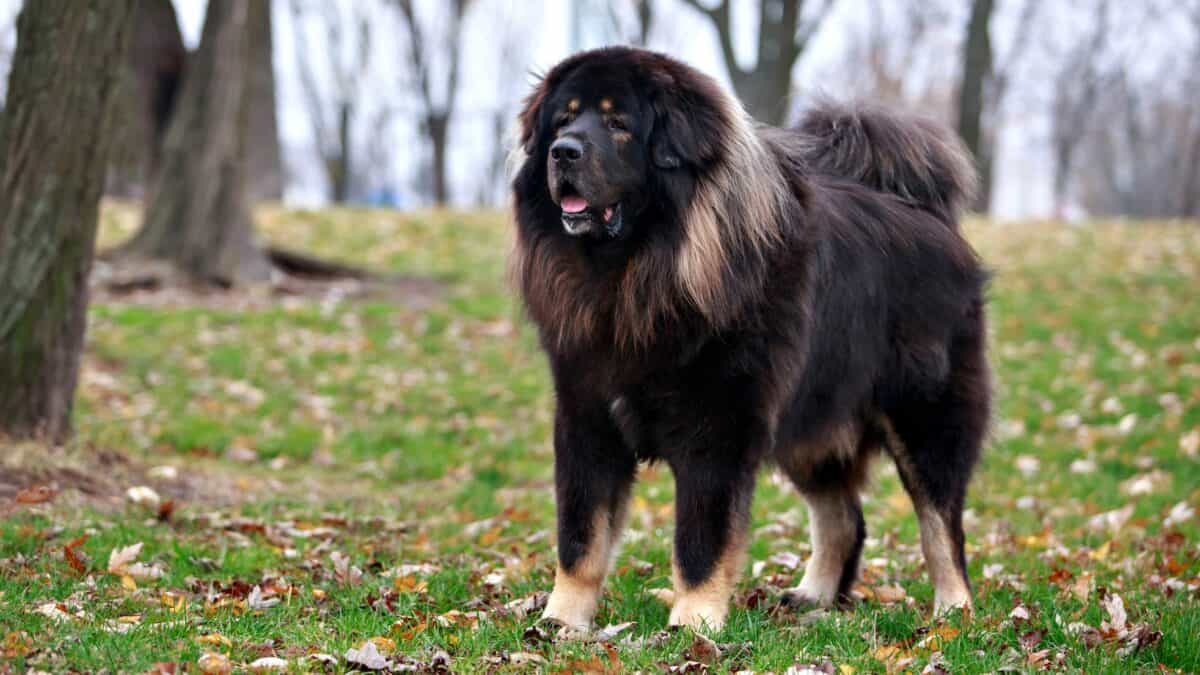Dog breed restrictions remain one of the most polarizing topics in American pet ownership. These laws, which limit or ban ownership of certain breeds deemed “dangerous,” affect millions of dogs and their owners nationwide. While supporters argue these restrictions protect public safety, critics contend they unfairly target dogs based on appearance rather than behavior. Across the United States, a patchwork of state and local regulations creates confusion for dog owners, with some facing the heartbreaking choice between relocating or surrendering beloved pets. This article examines ten controversial breed restrictions that continue to spark heated debate in communities across America, exploring both the rationale behind these laws and the growing movement to replace breed-specific legislation with behavior-based approaches to canine regulation.
Pit Bull Terriers America’s Most Restricted Dog Breed

Pit Bull Terriers face the most widespread restrictions in the United States, with hundreds of municipalities imposing bans or severe limitations on ownership. The term “Pit Bull” actually encompasses several breeds, including American Pit Bull Terriers, American Staffordshire Terriers, and Staffordshire Bull Terriers. Cities like Denver, Colorado, and Miami-Dade County, Florida, maintained longstanding bans until recently, with Denver only repealing its 30-year prohibition in 2020. These restrictions typically require owners to carry special insurance, muzzle their dogs in public, or prohibit ownership entirely.
The controversy surrounding Pit Bull restrictions centers on conflicting data about bite statistics and the reliability of breed identification. Studies show even animal professionals frequently misidentify mixed-breed dogs as “Pit Bulls” based on physical characteristics. Organizations like the American Veterinary Medical Association and the Centers for Disease Control and Prevention have positioned themselves against breed-specific legislation, citing lack of evidence that these laws improve public safety. Meanwhile, countless Pit Bull owners argue their pets are gentle family companions unfairly stigmatized by media portrayals and isolated incidents.
Rottweilers Power and Perception

Rottweilers rank second only to Pit Bulls in breed-specific restrictions across America. These powerful working dogs, originally bred for herding and guarding, face bans in numerous municipalities and housing communities. Their large size—typically 80-135 pounds—and protective nature have contributed to their inclusion in breed-specific legislation. Many insurance companies also categorize Rottweilers as “high risk,” charging higher premiums for homeowners or denying coverage entirely. In states like Michigan and Ohio, certain cities require special permits, liability insurance, and secure fencing for Rottweiler owners.
The debate around Rottweiler restrictions highlights the tension between statistical risk assessment and individual dog evaluation. While some bite statistics place Rottweilers among breeds involved in serious incidents, advocates argue that these numbers fail to account for popularity, training, and owner responsibility. The American Rottweiler Club actively campaigns against breed restrictions, emphasizing that properly socialized and trained Rottweilers make loyal, obedient companions. Many veterinary behaviorists support this position, noting that temperament varies more within breeds than between them.
German Shepherds Working Dogs Under Scrutiny

Despite their prestigious roles in police and military service, German Shepherds face restrictions in numerous communities and housing developments across the United States. These intelligent working dogs, weighing between 50-90 pounds, are often included in “dangerous breed” lists that affect housing options and insurance coverage. Cities in Iowa, Kansas, and Louisiana have implemented ordinances that classify German Shepherds as potentially dangerous, requiring additional insurance, special containment, or registration fees. This creates a paradoxical situation where the same breed trusted to protect citizens as service dogs is simultaneously restricted as a pet.
The restrictions on German Shepherds highlight inconsistencies in breed-specific legislation. Advocates argue that German Shepherds’ intelligence and trainability make them among the most responsive to proper handling, with aggression typically stemming from poor training or deliberate encouragement of protective behaviors. The German Shepherd Dog Club of America emphasizes that these dogs score exceptionally well on temperament tests when properly socialized. Many law enforcement officers who work with these dogs have become vocal opponents of breed restrictions, sharing personal experiences that contradict the “dangerous breed” designation.
Doberman Pinschers Historical Reputation vs. Modern Reality

Doberman Pinschers face restrictions largely based on their historical reputation rather than current temperament studies. These sleek, athletic dogs were popularized as guard dogs in the mid-20th century, creating a lasting impression as aggressive protectors. Today, they remain on restricted breed lists in many municipalities and face housing and insurance discrimination in states including Pennsylvania, Illinois, and Wisconsin. Specific ordinances may require muzzles in public, special containment systems, or liability insurance policies of $100,000 or more for Doberman owners.
The controversy surrounding Doberman restrictions reflects the gap between perception and reality in breed temperament. Since the 1970s, American breeders have deliberately selected for more stable temperaments, resulting in significant behavioral changes within the breed. Modern Dobermans consistently score well on temperament tests, with the American Temperament Test Society reporting a pass rate of 87% – higher than many unrestricted breeds. Doberman owners and advocacy groups point to these statistics when challenging restrictions, arguing that today’s Doberman bears little behavioral resemblance to the guard dogs of previous generations, despite maintaining the same striking appearance that triggers legislative concern.
Akitas Cultural Icons Facing American Restrictions

Akitas, considered national treasures in their native Japan, face significant restrictions throughout the United States. These powerful spitz-type dogs, weighing 70-130 pounds, are prohibited in many housing communities and municipalities across states like Maryland, Arkansas, and Washington. Some cities require Akita owners to carry liability insurance exceeding $300,000, install specialized fencing, or use muzzles in public spaces. The restrictions create particular challenges for Japanese-American families who view these dogs as important cultural symbols, raising questions about the cultural implications of breed-specific legislation.
The controversy surrounding Akita restrictions involves complex questions of cultural understanding and risk assessment. Advocates note that Akitas were bred for loyalty and protection of family, traits that can manifest as aloofness with strangers but rarely unprovoked aggression. The Japanese Akita Preservation Society has worked with American counterparts to educate communities about the breed’s history and proper management. Meanwhile, insurance industry representatives defend restrictions by citing claim statistics and the dogs’ physical capabilities. This tension illustrates how breed restrictions often involve weighing cultural values against statistical risk analyses, with profound impacts on affected communities.
Chow Chows Ancient Breed, Modern Restrictions

Chow Chows, one of the world’s oldest dog breeds with a history dating back over 2,000 years, face substantial restrictions across America. These distinctive-looking dogs with blue-black tongues and lion-like manes are banned in numerous housing communities and appear on restricted breed lists in cities across Pennsylvania, Kansas, and Tennessee. Some municipalities require special permits costing hundreds of dollars annually, while others mandate enclosed runs with locked gates and tops. The breadth of these restrictions is particularly notable given that Chows are not typically classified as “fighting breeds” but rather as independent guardian dogs.
The debate surrounding Chow restrictions often centers on temperament and training challenges. Chow advocates emphasize the breed’s loyalty and dignified nature, while acknowledging their independence requires experienced handling. The American Chow Chow Club points out that bite statistics often fail to account for proper socialization and training, creating unfair generalizations. Meanwhile, supporters of restrictions cite the breed’s territorial nature and powerful jaw structure. The controversy reflects broader questions about whether certain breeds inherently require more specialized ownership or whether owner education is the more appropriate focus for public safety initiatives.
Wolf Hybrids Wild Ancestry and Legal Complications

Wolf hybrids or wolf dogs—crosses between domestic dogs and wolves—face the most comprehensive restrictions of any canine type in the United States. These animals are completely prohibited in at least 40 states and heavily regulated in the remainder. Even in states permitting ownership, counties and municipalities often impose additional restrictions or outright bans. Alaska, Michigan, and New Hampshire are among the few states with more permissive laws, though they typically require special permits, extensive fencing requirements, and liability insurance policies exceeding $250,000. Unlike restrictions on domestic breeds, wolf hybrid regulations often classify these animals as exotic wildlife rather than pets.
The controversy surrounding wolf hybrid restrictions involves complex questions about domestication, public safety, and wildlife conservation. Advocates for these animals argue that well-bred, low-content wolf dogs (those with minimal wolf ancestry) can make suitable companions with proper handling. They point to inconsistencies in DNA testing and visual identification that can lead to misclassification of dogs with no recent wolf ancestry. Meanwhile, wildlife biologists and animal welfare organizations often support restrictions, citing concerns about unpredictable behavior, specialized care requirements, and the problematic exotic pet trade. This creates one of the few areas where animal rights advocates sometimes align with restrictive legislation, though disagreements persist about how to manage existing animals humanely.
Mastiff Breeds Size-Based Discrimination

Various Mastiff breeds—including Bull Mastiffs, Cane Corsos, Dogo Argentinos, and Presa Canarios—face restrictions primarily based on their imposing size and physical power. These giant breeds, often weighing between 100-150 pounds, appear on restricted lists in housing communities and municipalities across California, Colorado, and Texas. The restrictions typically include special containment requirements, muzzles in public spaces, and prohibitively expensive insurance requirements. Some ordinances specifically target “molosser type” dogs, a broad category encompassing numerous large, powerful breeds with mastiff ancestry.
The controversy surrounding Mastiff restrictions highlights tensions between perception of risk and statistical reality. Mastiff advocates point out that these breeds were historically selected for calm temperaments and controlled protective instincts, making them generally less reactive than smaller breeds. The American Temperament Test Society reports high pass rates for most mastiff varieties, supporting claims that their temperaments don’t match their intimidating appearance. Housing advocates note that size-based restrictions particularly impact apartment dwellers and renters, who face fewer housing options regardless of their dog’s individual temperament or training. This debate raises broader questions about whether physical characteristics alone should determine public policy around dog ownership.
American Bulldogs Confusion and Misidentification

American Bulldogs frequently face restrictions due to confusion with Pit Bull breeds, despite being a distinct breed with different ancestry and characteristics. These muscular working dogs, weighing 60-120 pounds, are banned in numerous municipalities that target “bully breeds” with broad definitions that encompass American Bulldogs along with Pit Bull varieties. In states like Iowa, Missouri, and Kentucky, housing communities and insurance companies often include American Bulldogs on restricted lists, requiring special permits or denying coverage entirely. The restrictions are particularly controversial because they often stem from breed misidentification rather than specific concerns about American Bulldogs themselves.
The controversy around American Bulldog restrictions exemplifies the problems with appearance-based breed legislation. Breed advocates point out that American Bulldogs were developed primarily as farm dogs for catching livestock and guarding property, with different behavioral tendencies than fighting breeds. DNA studies have shown that visual breed identification is frequently inaccurate, with American Bulldogs commonly misidentified based on their broad heads and muscular builds. Several states have implemented laws requiring scientific identification methods rather than visual assessment, but these protections remain inconsistent. The American Bulldog Association has worked to educate communities about breed differences, though the visual similarities continue to create regulatory challenges for owners.
Alaskan Malamutes Northern Breeds in Southern States

Alaskan Malamutes face surprising restrictions in several regions, particularly in southern states where they are less common. These powerful Arctic working dogs, weighing 75-100 pounds, appear on restricted breed lists in municipalities across Texas, Florida, and Georgia. Housing communities in these regions frequently prohibit Malamutes alongside more commonly restricted breeds, while some insurance providers classify them as high-risk dogs. The restrictions create particular challenges for military families with these dogs who may receive transfer orders to bases in regions with breed bans, forcing difficult decisions about family pets.
The controversy surrounding Malamute restrictions highlights geographical inconsistencies in breed legislation. Advocates note that in Alaska and northern states where these dogs are common working animals, they rarely face restrictions and are celebrated for their strength and endurance. The Alaskan Malamute Club of America argues that unfamiliarity with the breed in southern regions has led to unwarranted restrictions based on size and wolf-like appearance rather than temperament data. Studies show Malamutes score well on standardized temperament tests despite their independent nature. This geographical disparity in breed perception raises questions about whether local familiarity with breeds should influence regulatory approaches or whether consistent national standards would better serve both public safety and dog owners.
The Movement Away from Breed-Specific Legislation

In recent years, a significant shift away from breed-specific legislation has gained momentum across the United States. Since 2018, more than 40 municipalities have repealed breed restrictions, with major cities like Cincinnati, Kansas City, and Denver ending longstanding bans. This trend reflects growing scientific consensus that breed is a poor predictor of aggression or bite risk. Organizations including the American Veterinary Medical Association, the Centers for Disease Control, and the American Bar Association have issued position statements opposing breed-specific legislation. Instead, they recommend comprehensive dangerous dog laws that focus on individual behavior regardless of breed.
States including Nevada, Arizona, Connecticut, and Illinois have passed preemption laws that prevent municipalities from enacting breed-specific legislation, ensuring consistent regulation across these states. These laws typically establish behavior-based criteria for determining dangerous dogs and focus on owner responsibility rather than breed characteristics. The shift represents a data-driven approach to public safety that acknowledges the complex factors contributing to dog aggression, including training, socialization, reproductive status, and owner management. As this movement continues, more communities are implementing behavior-based alternatives that target irresponsible ownership practices while protecting well-behaved dogs of all breeds.
Conclusion: Balancing Safety and Fairness in Canine Legislation

The controversy surrounding dog breed restrictions reflects fundamental questions about how communities balance public safety with fairness to responsible pet owners. While these laws were implemented with protective intentions, growing evidence suggests they may not effectively address the complex factors that contribute to dangerous dog behavior. The movement toward behavior-based approaches represents a more nuanced understanding of canine aggression as influenced by training, socialization, and management rather than genetic destiny. As more communities reconsider breed-specific legislation, the opportunity emerges for policies that both protect public safety and recognize the capacity of all dogs to be safe companions with proper care. The evolving landscape of canine legislation reminds us that effective public policy must continually adapt to new evidence, balancing precaution with the understanding that responsible ownership matters more than breed in determining a dog’s role in the community.
- 10 Dog Breed Restrictions That Stir Controversy in U.S. States - August 9, 2025
- 13 Animals That Outsmart Their Predators - August 9, 2025
- Why Some Frogs Glow in the Dark and What It Means - August 9, 2025

